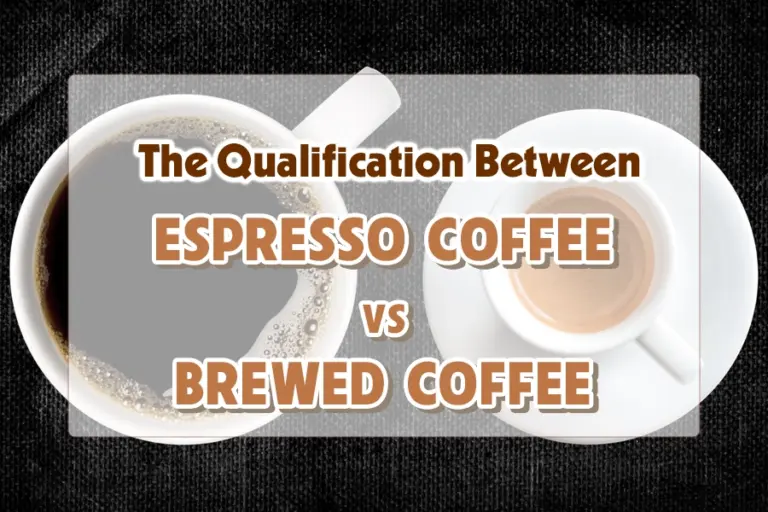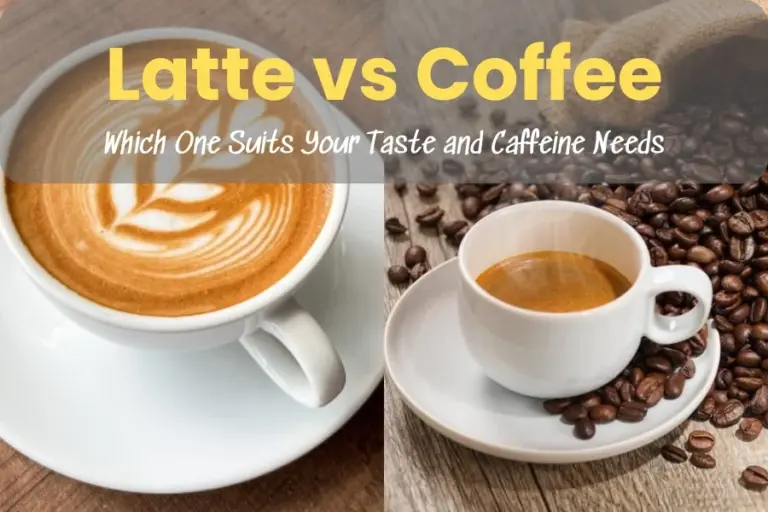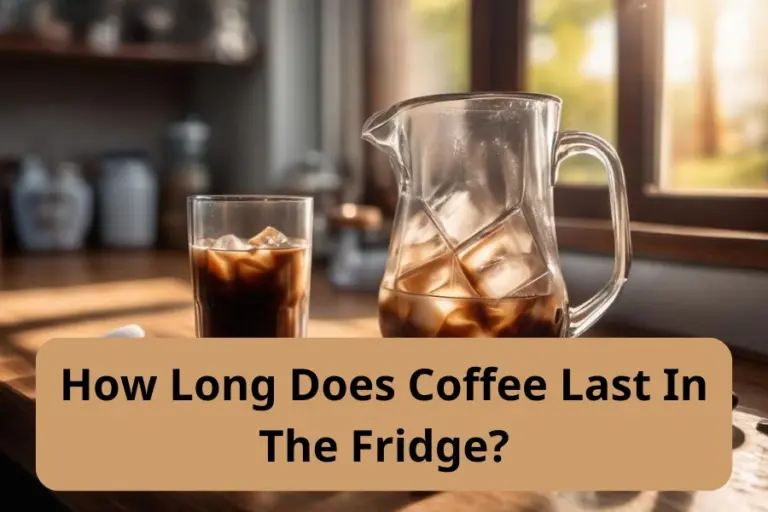Espresso vs Filter Coffee: Special Features Make The Difference

According to ICO coffee measurements, we drink around 1.4 billion glasses of coffee each day around the world. The position of coffee is increasingly expanded and enhanced from “just a beverage” to “Beverage”. Today, we have discovered countless brewing methods, and people are slowly realizing the little intricacies that affect the overall taste of the drink. When it comes to the world of fresh coffee, two giants stand out – espresso vs filter coffee. Each has its own characteristics and passionate fans.
Some people enjoy the subtle complexity of a filter coffee, while others find themselves drawn to the rich, robust flavors of espresso. The different brewing processes resulted in two very different coffee experiences. Espresso is a more concentrated and stronger version of filter coffee. Our comparison in this article will break down the differences between these two well-known brewing methods, and help you select the idealized cup of coffee.
Anatomy of Espresso vs Filter Coffee
Before we jump into the key differences, let’s begin by investigating the layers of filter coffee and espresso.
Espresso
Prevalent in Italy, espresso is the result of brewing with an espresso machine. It was the catalyst that sparked the blast of coffee culture in cities around the world and rapidly became a portion of the everyday lives of millions. High-pressure, high-temperature water streams through finely ground coffee beans. The high pressure causes the water to extricate sugars, oils, solids, and other compounds from the coffee grounds, making a wealthy, flavorful shot of espresso. Espresso is not only concentrated, but it moreover has numerous layers:
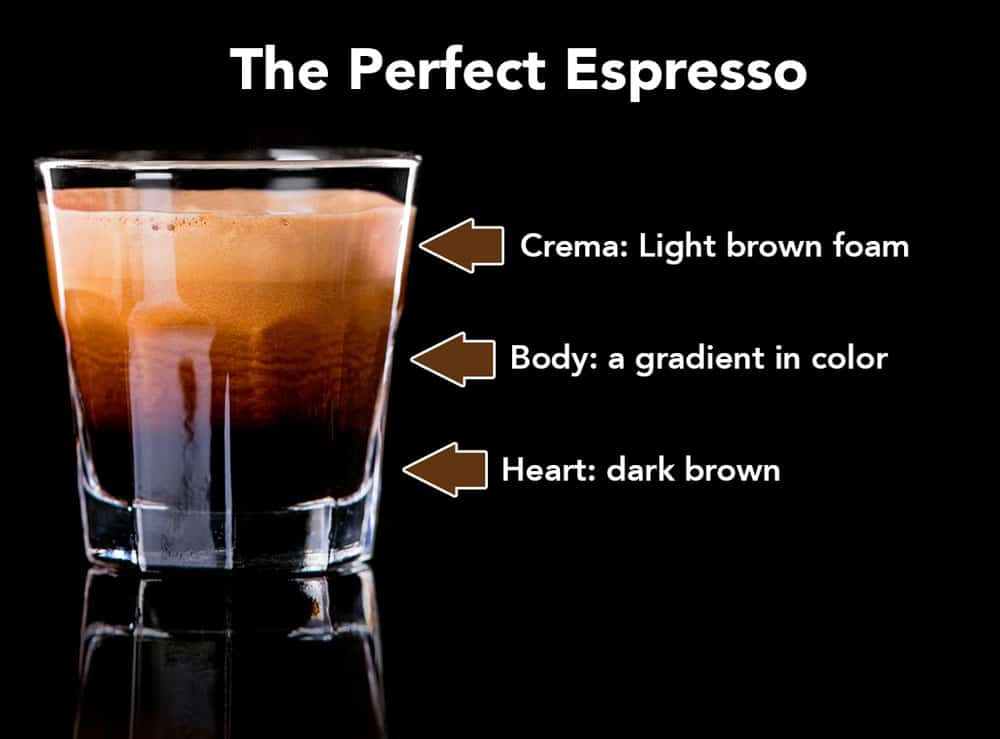
Crema: Crema is the result of several processes that take place during the pouring of espresso. This is a shot’s golden-brown top layer. The ground coffee is compressed, causing the carbon dioxide caught inside the beans from the roasting process. Moving from the espresso machine, a high-pressure environment, to the glass, a low-pressure environment, permits carbon dioxide to elude the cell walls of the espresso and froth up on the surface — in other words, shape a layer of crema on top of the coffee.
Coffee: This is the main part of the espresso shot, providing acidity and sweetness. It can also be thought of as two different parts: the body and the core. The body is the center portion of the espresso and is more often than not caramel brown. The core, the base of the espresso, is usually a darker, richer brown.
Filter Coffee
Another name for filter coffee is trickling coffee or pour-over coffee. Filter coffee is brewed by soaking coffee grounds in hot water for a period of time, the water passes through the grounds and a filter, falls into a holder. For filter coffee, the water flows through the coffee grounds by gravity. That is why this method takes a little longer, at a lower temperature, and uses coarse ground coffee.
Filter coffee has only one layer, clean, clear, and uniform, which is the coffee. The pure, cleaner, smoother taste of filter coffee allows you to enjoy all the complex flavors and aromas of the coffee. The final cup tends to be less acidic and highlights the complex flavors of the coffee more.
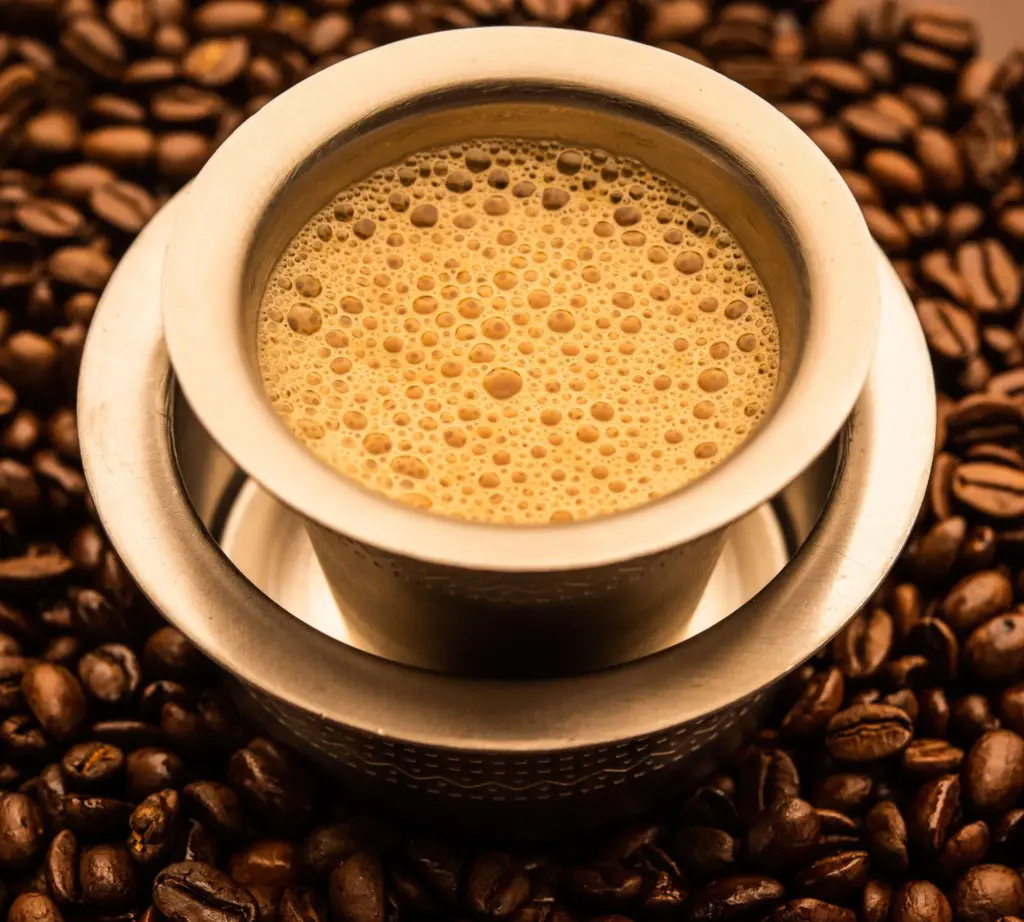
Espresso vs Filter Coffee: Different Methods Make the Difference
From taste to preparation, there are distinct elements between filter coffee and espresso. When prepared properly, both have nuances that make them enjoyable in different ways.
Grinding And Brewing
Espresso uses very fine grinds and is exposed to hot water at high pressure for a shorter period. Grind size is important for espresso. If you grind as well coarse, the water will stream through as well rapidly and make a weaker espresso, but if you grind as well fine, the water will not stream through rapidly sufficiently and will be over-extracted, making a greatly solid coffee. Espresso implies Express, and a shot can be made in 25 to 30 seconds.
Filter coffee is ordinarily ground coarser and brewed at a lower temperature for a longer period. The brewing and soaking time of a filter coffee is what brings out its complexity, decides the flavor and body of the coffee – it’s a glass of coffee to be held up for. Filter coffee takes longer to brew due to the interaction between the coarse coffee grounds and hot water. This process relies on gravity to slowly pull the water through the grounds, usually taking around 3 to 4 minutes.
Flavor
Filter coffee produces a delicate brew, with a sweet, almost clean flavor. The lower acidity makes it complex but easy to drink. The result is a delightful glass of coffee with subtle corrosiveness and sweetness.
In contrast, espresso tends to be over-acidic. It is more flavorful and full-bodied since the coffee beans’ qualities are more subtly highlighted. Its texture is syrupy, its sweetness is outstanding, and it has a fresh causticity. Each shot of espresso is an outfit of affluent flavors and smells.
Additionally, espresso-simmered coffee beans are regularly darker than those utilized for filter coffee, contributing to a wealthier flavor. It is said that if you compare espresso vs filter coffee, espresso tastes like whiskey or brandy though filter coffee tastes like wine.
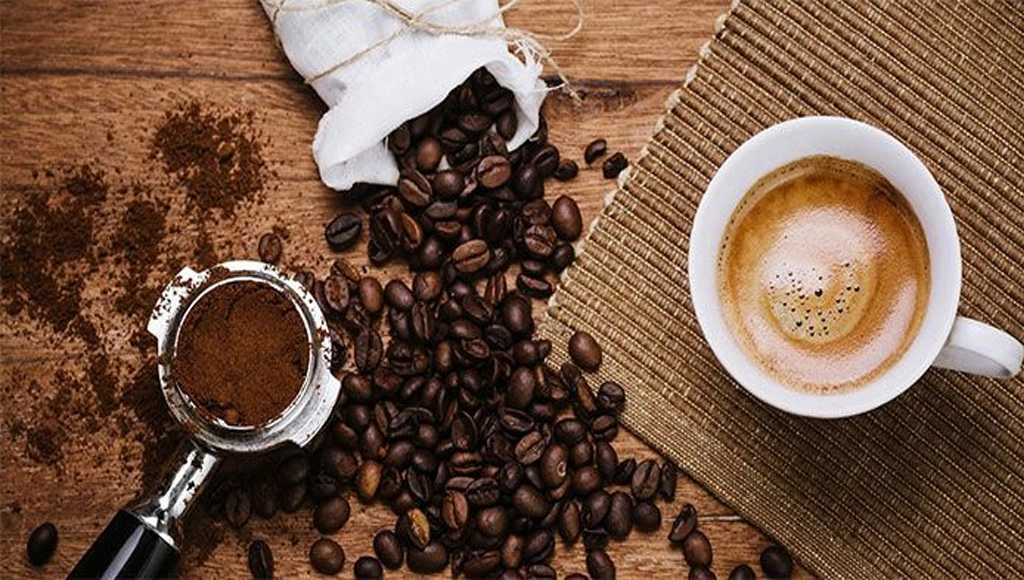
Brewing Equipment
When brewing filter coffee, the best way is to brew it physically. It permits you to control the brewing preparation and get the most out of the flavor of the coffee beans. Most filter coffee is brewed using automatic drip, you just need to add fresh ground coffee and hot water.
Filtering coffee only requires investing in a kettle, good quality coffee beans, along with preparing a filter and a cup, which are the essential elements to create a standard filter coffee set for yourself. There are numerous sorts of filter coffee creators to suit each taste, budget, or way of life – Chemex, Intelligent Dripper, Kalita Wave, V60…
When it comes to espresso, the way to get “real” espresso is with an espresso machine that can deliver the wanted pressure. Contributing to an espresso machine will certainly take a toll more depending on the fashion, complexity, and usefulness, depending on your needs.
Caffeine Content
In terms of caffeine substance, espresso has a higher concentration of caffeine per ounce than filter coffee. Filter coffee contains almost 80-200 mg for 8 oz, which is approximately 10-25mg for 1oz. Espresso contains about 30-80mg for 1oz.
However, most filter coffee servings are bigger in volume and can contain more caffeine than a commonplace shot of espresso. A normal cup of coffee brewed with a filter is approximately 8-12 oz, whereas a commonplace coffee is around 1-2 oz. Both choices can be balanced based on individual inclination and caffeine sensitivity.
Which Is Better, Espresso vs Filter Coffee?
This question has no definitive answer. Choosing which sort of coffee is superior depends on each individual’s way of life and individual inclinations.
Filter coffee
For those who need to truly taste the diverse complex flavors of coffee, the taste is clean, smooth, less acidic and light, and has a lot of caffeine. Also, if you like to share coffee minutes with companions and family, filter coffee is the culminate choice.
Espresso
If you like a more grounded flavor, with notes of chocolate and nuts, select espresso. If you like your coffee rich, you can drink it with milk – espresso is your best bet. If you need to control your caffeine admissions, select a light espresso. If you like your coffee milky, whether it’s an almond cappuccino or a level oat – espresso is your companion.
Final Thoughts
Whether you lean toward the appeal of a filter coffee or the allure of an espresso broil, both brewing strategies offer unmistakable and agreeable coffee encounters. The extreme choice between espresso vs filter coffee comes down to your inclinations, the equipment you have, and the budget you have for domestic brewing.
The key is to explore both options and decide which one best suits your tastes and inclinations. Keep in mind that each strategy can deliver totally diverse beans, depending on the origin, cook, and numerous other variables. That’s the beauty of coffee. So… what’s your favorite coffee – filter coffee vs espresso?

